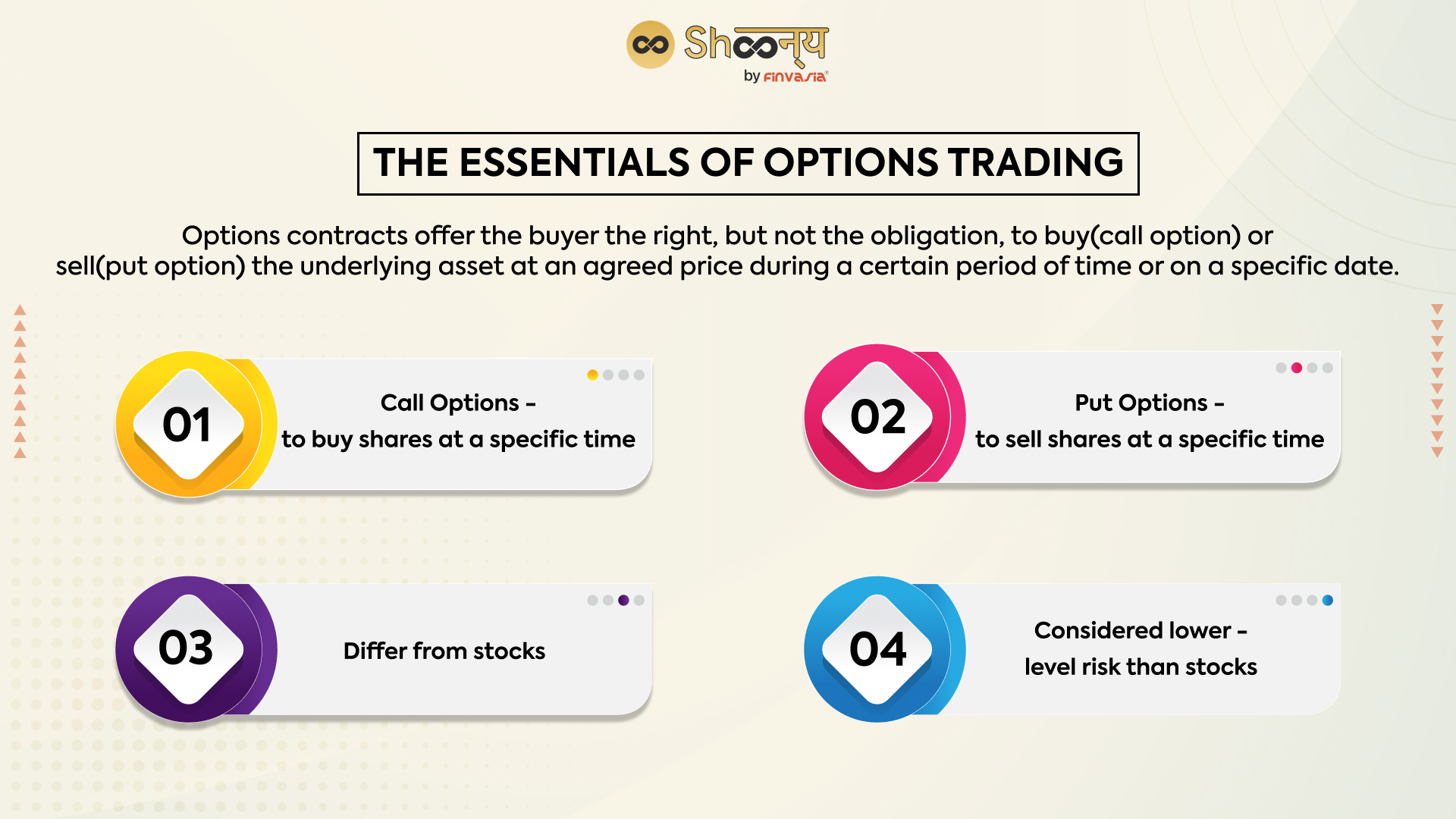In the realm of financial markets, the world of options trading offers investors an unparalleled opportunity to harness the power of market volatility. Options, as financial instruments, confer upon their holders the right, but not the obligation, to buy (call option) or sell (put option) an underlying asset at a predetermined price (strike price) before the contract expires. Understanding how to trade options with underlying spot, a crucial element in this intricate world, is paramount for investors seeking to navigate this dynamic market.

Image: tradingqna.com
Spot prices, the current market prices of an underlying asset, serve as a fundamental anchor in options trading. Every option has an underlying asset that gives it value. Whether it be stocks, commodities, indices, currencies, or other financial instruments, the spot price directly influences the value and behavior of options contracts.
Understanding the Fundamentals
Options, as previously mentioned, provide holders with specific rights to buy or sell the underlying asset. Call options grant holders the right to purchase, while put options give the right to sell. The strike price, as discussed earlier, represents the predetermined price at which the underlying asset can be bought (in the case of a call option) or sold (put option).
Two key variables greatly impact options trading: time and volatility. Time decay, the gradual loss of an option’s value over the course of its life, plays a significant role. As expiration approaches, time decay accelerates, eroding the option’s value. Volatility, on the other hand, measures the magnitude of an underlying asset’s price fluctuations. Higher volatility generally leads to higher option prices, as it increases the likelihood of the option being in the money (ITM) or the holder being able to exercise their right to buy or sell at a favorable price.
The Benefits of Trading Options with Underlying Spot
Trading options with underlying spot provides investors with a range of benefits that make this strategy attractive:
- Leverage: Options offer leverage, enabling investors to control a larger position with a smaller capital outlay compared to buying the underlying asset directly.
- Flexibility: Options provide flexibility, allowing investors to tailor strategies to suit their risk tolerance and market outlook.
- Income Generation: Options can be used to generate income through strategies such as selling (writing) options to collect premiums.
- Hedging: Options can be used for hedging purposes, allowing investors to manage risk and protect their portfolio from adverse market movements.

Image: blog.shoonya.com
Trading Options With Underlying Spot

Image: www.reddit.com
Strategies for Trading Options with Underlying Spot
There are numerous strategies that investors can employ when trading options with underlying spot. Some common strategies include:
- Covered Call: Involves selling (writing) a call option against an underlying asset that the investor already owns. This strategy generates income from the premium received while maintaining exposure to the potential upside of the underlying asset.
- Naked Call: Similar to a covered call, but involves selling a call option without owning the underlying asset. This strategy is riskier but has the potential for higher returns.






